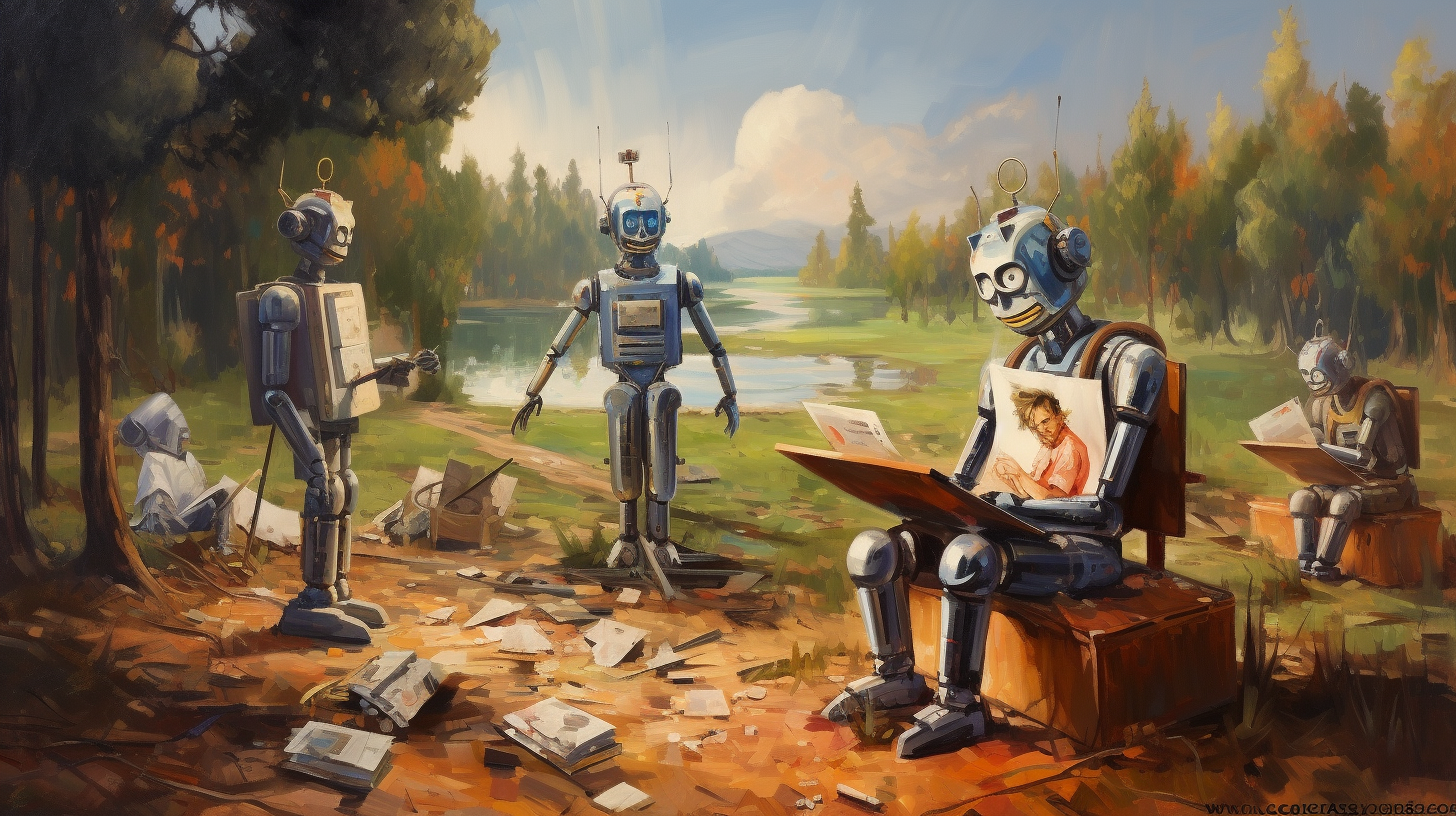
To work effectively with a neural network, you need to learn how to craft queries competently. Today’s discussion focuses on working with the Midjourney network, created for generating images from text prompts.
But before providing specific examples of prompts for Midjourney, it’s important to understand how to work with this neural network.
So, Midjourney is a neural network based on artificial intelligence, assisting artists and designers. It can create any image, including those so realistic that they are indistinguishable from photographs.
However, in order to generate an image, a query must first be submitted. Let’s examine how to work with Midjourney using query examples.
Why Using the Right Queries Is Important
The main thing to understand is that the query is sent to artificial intelligence. And AI, although it almost thinks like a human, is not a human. Therefore, to use the neural network correctly, a certain algorithm must be followed.
This means asking a question that follows a specific pattern. If you write them in a random form, the results will be unpredictable.
Query Structure
Queries should be in English. You can write in Russian, but then there might be issues because the neural network was created in English and understands that language best. If you’re not proficient in English, just use a translator.
The query is entered in the chat line on Discord. Every request begins with the characters - /imagine prompt:
The standard prompt scheme:
/imagine prompt: A + B + C
In this formula:
- A – describes what should be in your image;
- B – describes the style of the image;
- C – additional parameters: dimensions, rendering, and other important settings.
Prompts should be detailed enough but not verbose. Don’t confuse the neural network by including a multitude of epithets.
Midjourney Prompt Example
Let’s create prompts for the Midjourney neural network with examples. For instance, you want to get an image of Palace Square in Saint Petersburg in the style of Salvador Dali’s paintings, with a 16:9 aspect ratio.
We compose an example prompt for Midjourney according to the scheme above:
- A – Palace Square of St. Petersburg in the rain
- B – in the style of Salvador Dali
- C – —ar 16:9
Thus, the prompt will look like this:
/imagine prompt: Palace Square of St. Petersburg in the rain :: by Salvador Dali :: —ar 16:9
As you see, in working with Midjourney in the example, colons and additional symbols are used. Below is a guide for using prompts.
Double colon is recommended for separating parts of the query, i.e., this sign (with spaces on both sides) separates the description of the image from the style and the style description from additional parameters in our formula. For a soft separation of parts within the description, use a comma.
The “—ar” symbol sets the aspect ratio in the image, in our example, it is 16:9. You can also manually specify the dimensions of the image using the symbols:
- —h – height;
- —w – width.
These parameters are generally best set in multiples of 64.
Additional symbols can be used for creating prompts:
- —no – is used to exclude something; if you want the picture to have no people, you can add “—no people”;
- —hd – is used for creating images with higher resolution, suitable for landscapes or abstract paintings;
- —video – this symbol in the prompt means the network will save a video of the image creation process;
- —uplight is used if the user wants to generate an image close to the original.
To indicate the priority of an additional parameter, use the symbol ::X. Instead of the letter ‘x’, you insert a number from -1 to 2. The default priority for each prompt is one. Negative value equals the exclusion of an object. Example: /imagine prompt: hot dog::1.5 food::-1. This prompt means the user wants exactly a “hot dog,” not a “sausage in a bun,” as indicated by the negative number next to “food.”
If a user wants the image to be “based on a sample,” they can add one or several links to selected photos or paintings before the main query. Then AI will use the provided images as a canvas when generating a unique image.
Useful Tips
For newbies, composing prompts may seem complicated. But don’t despair, you don’t have to manually write queries; instead, you can generate them using helper services. Examples of such services:
- Midjourney Prompt Helper. Easy to use. All a user needs to do is select suitable words from the list. The output will be a formatted request. You can also use additional commands and specify image dimensions.
- Prompt builder for AI art Generators – promptoMANIA. Equally user-friendly. It allows you to generate queries for most neural networks working with images.
- GitHub - willwulfken/MidJourney-Styles-and-Keywords-Reference. A more complex option, but highly functional. For its use, you need to be adept at working with repositories on GitHub.
- Use intermediary sites in the Russian language.
All these services are in English (except for the last one), and users who do not know English use an online translator.
Conclusions
The works created with the help of Midjourney examples can be used not only for entertainment but also for practical tasks. Therefore, acquiring skills to work with the neural network will be very useful, especially for those in creative professions.

